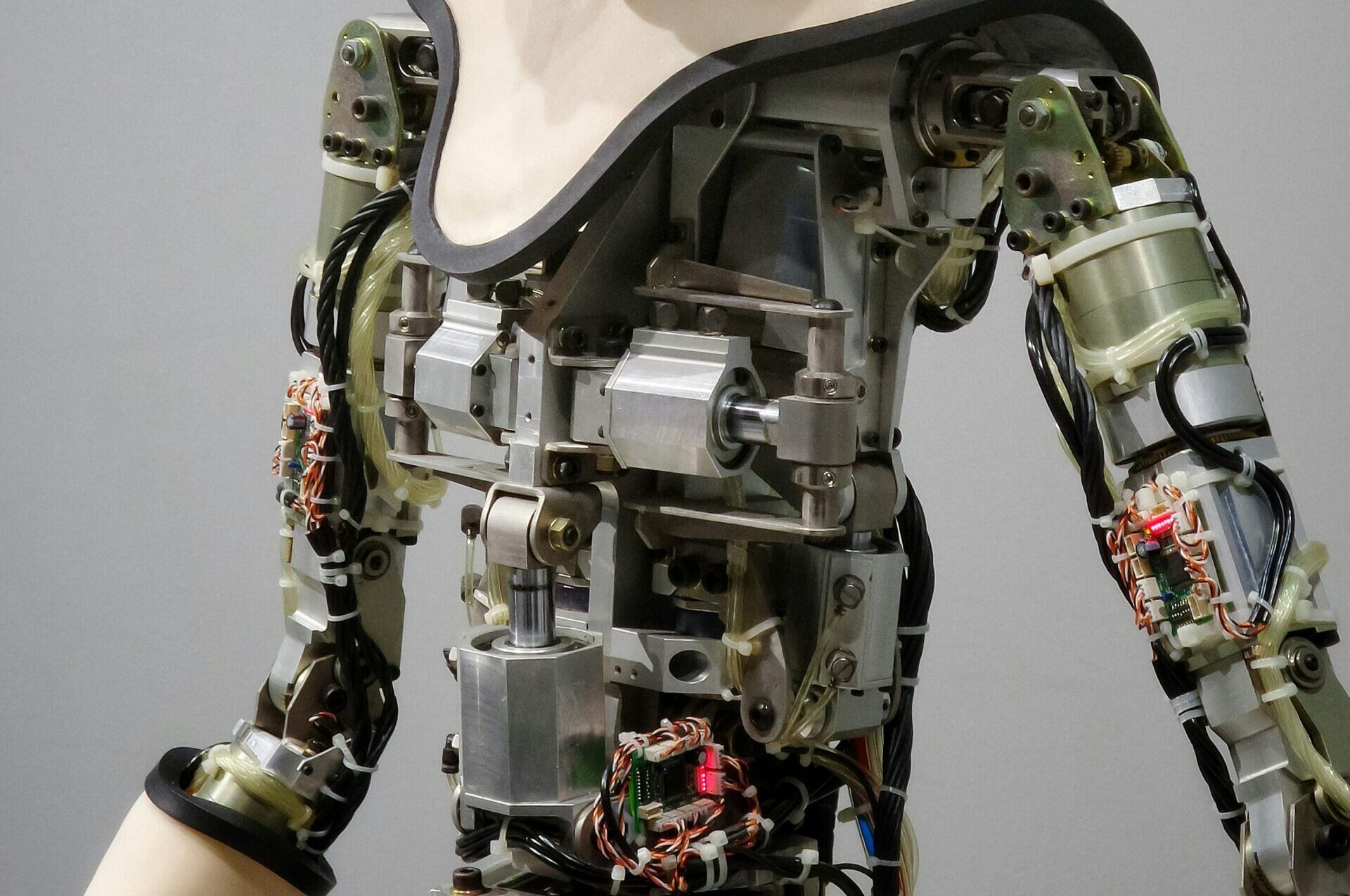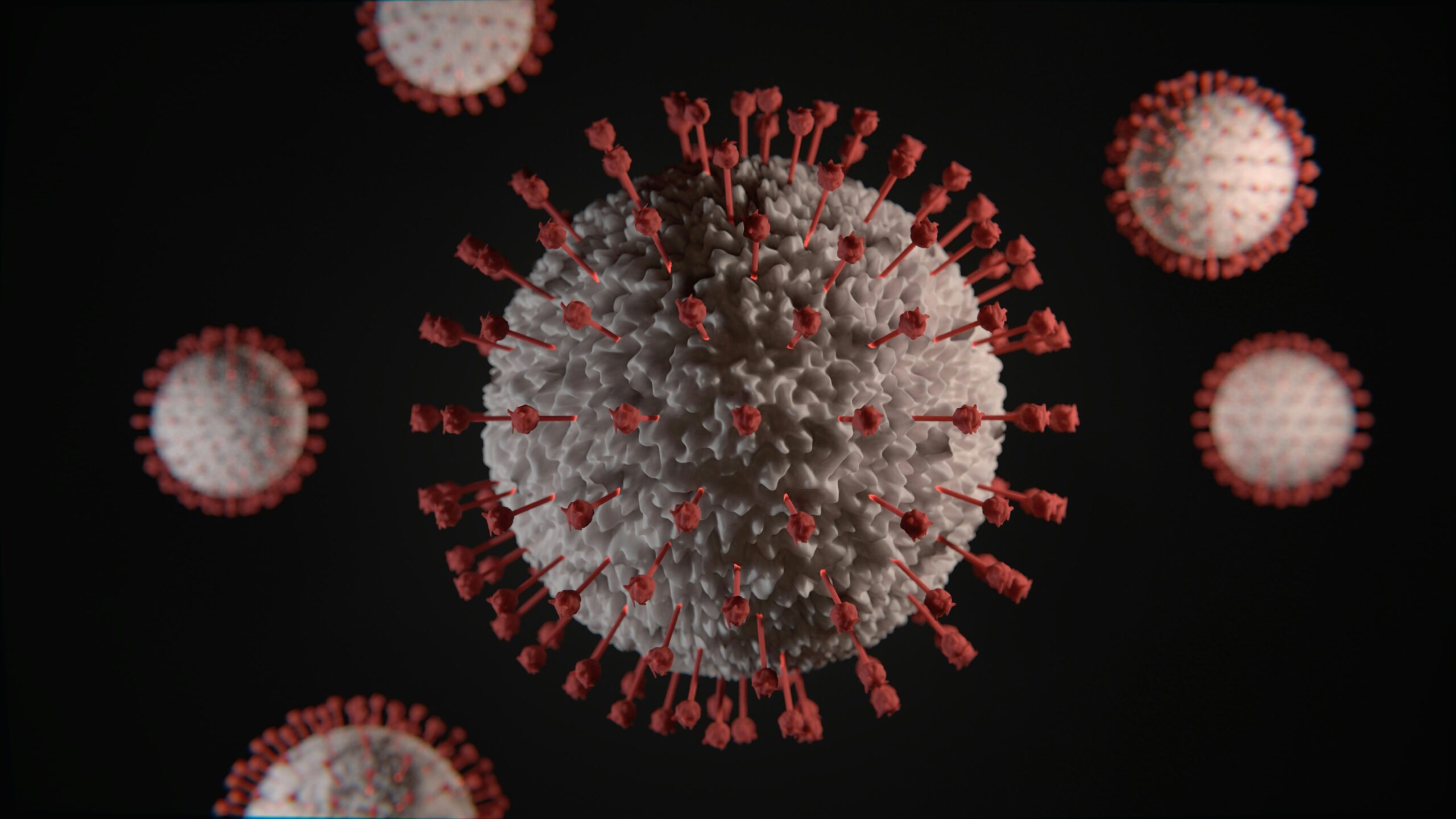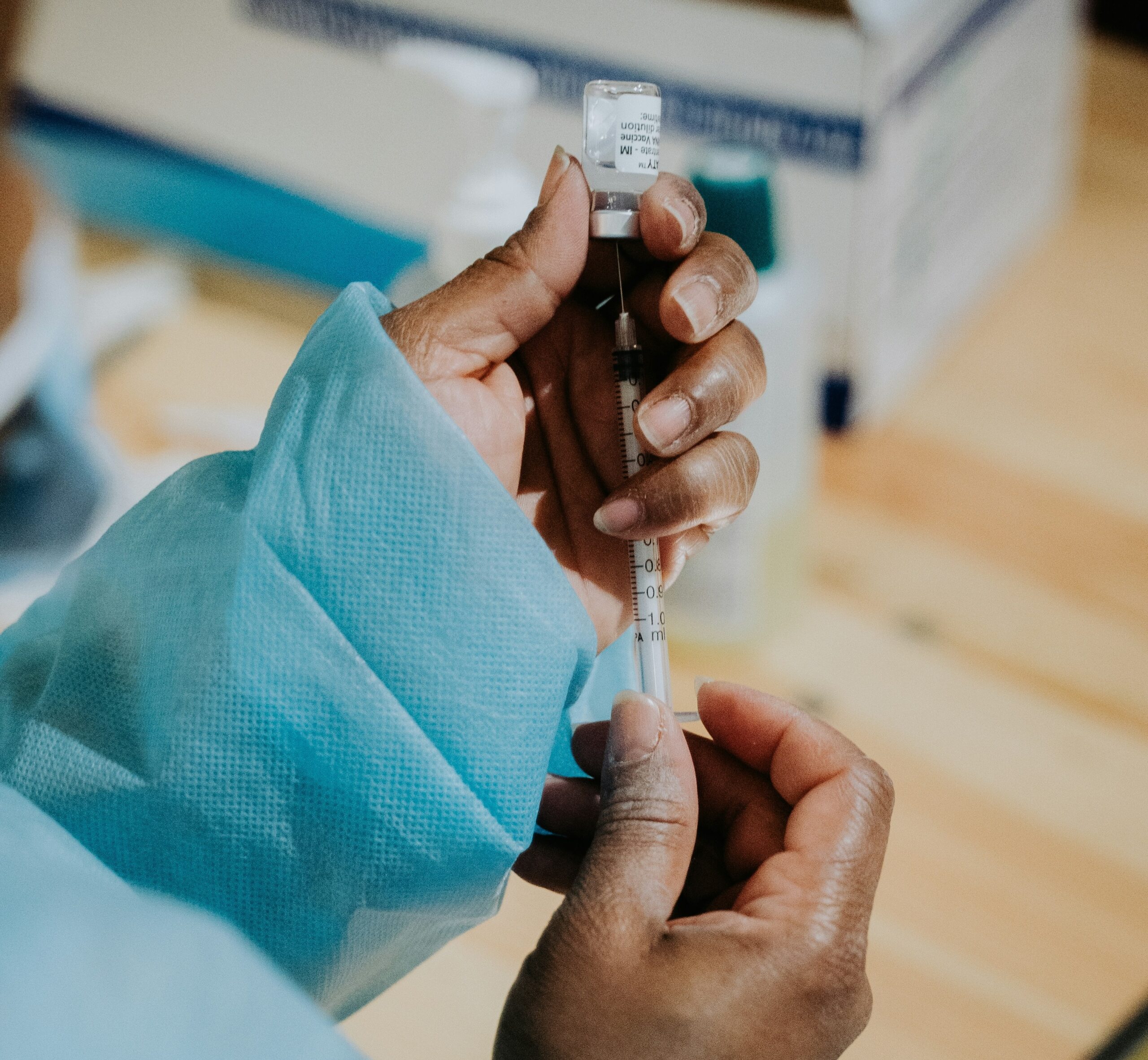
Artificial Intelligence Survey
This survey explores scientists' views on generative AI for research, teaching, and daily use. It covers perceptions, personal use, confidence, teaching experiences, and future intentions. Finally, it examines how question wording affects their opinions on government regulation.
Survey Overview and Demographics
General Overview
Study Date: 29.09.23–04.11.23
Geographic Coverage: United States
Expertise:
- 25% Biology
- 22.9% Civil and Environmental Engineering
- 14% Geography
- 8.5% Public Health
- 16.1% Chemistry
- 13.6% Computer and Information Science
Response Overview
Sample Size: 777
Valid Responses: 232
Response Rate: 29.9
Date initial findings posted: 12.12.23
Most recent update: 12.12.23
Days survey in field: 37
Average response time: 7.4
Survey Demographics
Respondent Demographics:
- 35.2% Female
- 64.4% Male
- 100% Academic
- 0% Industry
Language(s): English
About the Survey
This survey reports on scientists’ opinions on generative AI for general and academic use. The first section reports on scientists’ perceptions about generative artificial intelligence (AI) and its impacts, as well as on their personal use of generative AI and their confidence in managing it. The next section reports on scientists’ attitudes toward and experience using generative AI in teaching and research, and their intentions to use generative AI in the future. Finally, the third section reports on and in academic settings. We designed an experiment to examine question wording and moderate response option effects on scientists’ opinions about government regulation of generative AI.
Definition
AI can refer to the field of study, the capabilities of machines or the technologies themselves. In this survey, we use AI to refer to a set of interrelated technologies and systems capable of imitating human cognitive functions to solve problems, perform tasks, and make decisions with minimal or no direct human intervention (Yigitcanlar et al., 2023).
Survey Sections

Survey Section 01
Scientists’ Perceptions and Personal Use
This section reports on scientists’ perceptions about generative artificial intelligence (AI) and its impacts. It also reports on scientists personal use of generative AI and their confidence in managing it.

Survey Section 02
Scientists’ Use in Teaching and Research
his section reports on scientists attitudes toward and experience using generative AI in teaching and research. We also asked about scientists’ intentions to use generative AI in the future.

Survey Section 03
Scientists’ Views on Regulation
This section reports on scientists’ opinions on the regulation of generative AI for general use and in academic settings. We designed an experiment to examine question wording and moderate response option effects on scientists’ opinions about government regulation of generative AI.

Survey Section 04
Experiment
This section reports on scientists’ opinions on the regulation of generative AI for general use and in academic settings. We designed an experiment to examine question wording and moderate response option effects on scientists’ opinions about government regulation of generative AI.
Survey Description
This national survey of academic scientists in the US was conducted by the Center for Science, Technology and Environmental Policy Studies (CSTEPS) at Arizona State University. The survey was approved by the Institutional Review Boards at Arizona State University.
The sample for this survey was selected from our SciOPS panel. The SciOPS panel was recruited from a random sample of PhD-level faculty in six fields of science. Contact information of faculty in the fields of biology, geography, civil and environmental engineering, chemistry, and computer and information science and engineering was collected from randomly selected Carnegie-designated Research Extensive and Intensive (R1) universities in the United States (US).
Contact information for academic scientists, social scientists and engineers in the field of public health was collected from all Council on Education for Public Health (CEPH) accredited public health schools. The full sample frame for recruiting the SciOPS panel includes contact information for 18,505 faculty members of which 1,366 agreed to join the SciOPS panel. This represents an AAPOR recruitment rate (RECR) of 7.5% (RR4).
Sample weighting and precision: The sample of respondents for this survey was weighted by the inverse of selection probabilities and post-stratified probabilities by gender, academic fields, and academic ranks to represent the full sample frame for recruiting SciOPS panel members as closely as possible. A conservative measure of sampling error for questions answered by the sample of respondents is plus or minus 6 percentage points.


